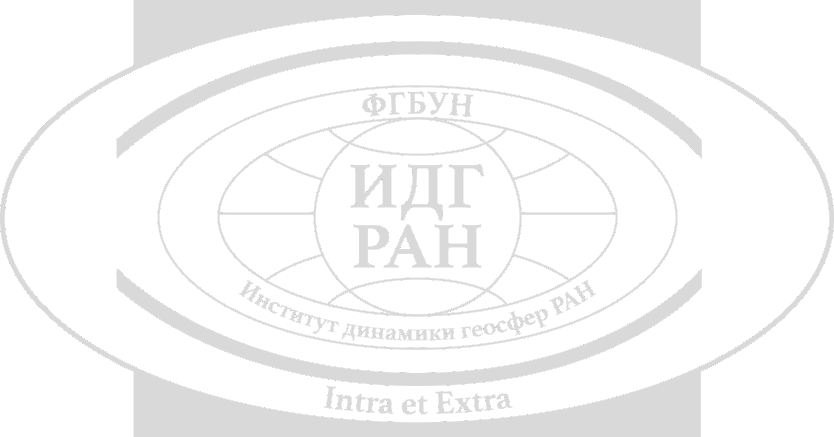Construction and correction of the ionization-recombination cycle scheme for calculating the parameters of the lower ionosphere under calm conditions and during X-ray bursts
This project is dedicated to the modeling the lower ionosphere in calm conditions and during solar X-ray flares. The simulation is based on the schemes of the ionization–recombination cycle of the ionospheric D-region (h ~ 60–90 km), describing the behavior of various numbers of components, and the model of low ionosphere ionization based on real data from the solar radiation flux measured by GOES and SDO satellites in channels 0.05– 0.4 nm, 0.1–0.8 nm, 0.1–7 nm.
The relevance of this work lies in the fact that the accumulated substantial amount of theoretical estimates and experimental data on the processes occurring in the ionospheric plasma and on the spatiotemporal distribution of the concentrations of its components still do not allow a more accurate prediction of the behavior of the ionosphere parameters, especially under various environmental disturbances
The lower part of the ionosphere is still the least studied. Obtaining experimental data on the parameters of the D-region of the ionosphere is extremely difficult, and it is possible with very limited means — installations for partial reflection and incoherent scattering, geophysical rockets, and VLF-LF radio wave propagation DV.
A significant increase in X-ray ionizing radiation during solar flares leads to significant variations in the electron concentration in the lower ionosphere. These variations fundamentally distort the amplitude-phase characteristics of the VLF signals propagating in the Earth-ionosphere waveguide, whose upper boundary is the D region. This makes it possible to use measurements of the amplitude and phase of the VLF radio waves both for studying the state of the lower ionosphere and as a verification tool for the constructed medium models.
The purpose of this study is to construct and correct the optimal scheme of the ionization-recombination cycle, which makes it possible to quickly and accurately evaluate the response of the parameters of the lower ionosphere to X-ray flares of various classes. The uniqueness and fundamental novelty of this study lies in the use of ground-based radio physical measurements as the main tool for model correction. Such verification by radio physical data makes it possible to determine required set of photochemical reactions for correct modeling of lower ionosphere dynamic, to correct the values of the unknown reaction rate constants, and also to obtain an independent assessment of the predictive capabilities of the constructed models.
To solve the problem, data from the Mikhnevo Geophysical Observatory (GPO) (55° N 38° E) will be used, where continuous monitoring of the amplitude-phase characteristics of electromagnetic signals from the located around the world VLF transmitters has been carried out since 2014. References are given in the attached file.

